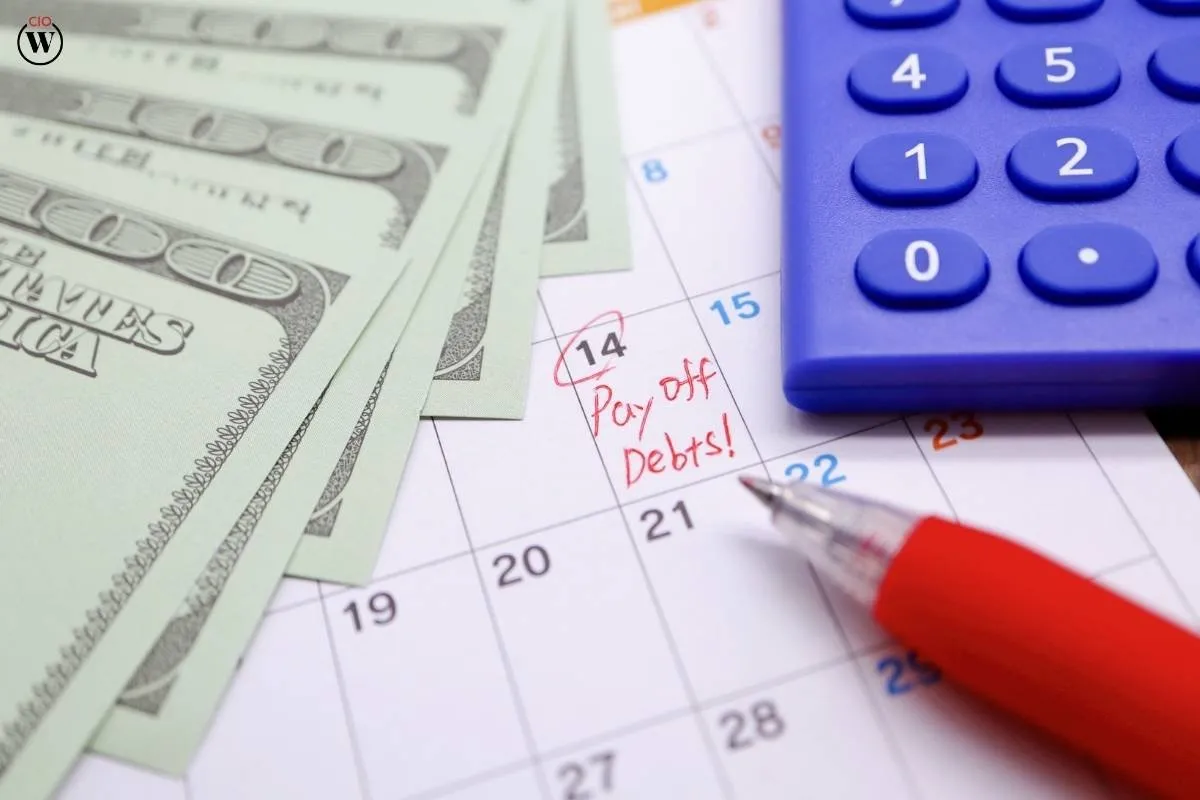Financial Freedom For Women: Planning, Investing, And Budgeting For The Future

Most women envision a future where financial concerns become the last thing on their minds. They desire the freedom to make decisions based on pleasure, not checks. Financial independence is simply that—enough money saved and invested to meet needs without depending on someone else. For women, this aspiration feels particularly pertinent in women’s finance. Life takes unexpected turns such as career interruptions for family or less money than men. This handbook spells it out for you: budgeting to account for every dollar, investing to build wealth, and planning for a secure future. Any woman can begin today, discovering how women can be financially independent step by step.
Why Financial Independence Matters for Women
Women usually juggle more than women’s finances. They do home jobs, look after children or the elderly, and have to contend with a gender pay gap that persists. Women are paid less than men, which smacks retirement. Many women also live longer, so women’s financial savings have to go further. Yet more women are confident about money these days. It’s easy to learn women’s finance thanks to tools such as apps and online courses.
Benefits of Financial Control
Being financially independent is not about being affluent; it’s about being in control. A woman who invests and saves at an early age can pay for travel, support family, or retire without limitations. In 2025, with increased expenses, beginning small creates great security through women’s finance.
Mastering Budgeting: The Foundation of Freedom

Also Read: Empowering Women With Beauty And Confidence
Budgeting is like homework initially, but it makes chaos give way to clarity in the finances of women. It’s monitoring income against expenses so she’s never surprised. Women tend to save more but have too much in cash. A good budget, with budgeting advice for women who want financial independence, moves that cash into growth.
How to Create a Budget
Step 1: List Income and Expenses
She begins with income: salary, side jobs, or child support. Then record expenditures—rent, food, amusement. The 50/30/20 rule is a good guideline: 50% to necessities such as utility bills, 30% to luxuries such as coffee stops, and 20% to savings or paydown of debt. If she makes $4,000 per month, for instance, $2,000 goes toward necessities, $1,200 toward recreation, and $800 toward the future.
Step 2: Track Spending Weekly
Monitor it weekly using apps like free Mint or a plain notebook. Females have special expenses, such as childcare or menstrual products. Incorporate buffers—$50 extra for surprise tampons or school charges. Plug small leaks: trade dinner out for dinner at home, saving $200 per month.
Step 3: Adjust Regularly
One strategy: check the budget every month. Changes in life, such as a promotion or termination, so make changes quickly with budgeting strategies for females in search of financial independence.
Protecting Your Budget
Shield the budget as well. Create an emergency fund—three to six months of expenses in a high-yield savings account. If she does lose her job, this pays for essentials without anxiety.
Debt Management
Address debt second: credit cards have high interest, so pay all minimums on all except attack the smallest first. Snowball technique—wipe out one, celebrate, move on—keeps her energized.
Budgeting Empowers Women
Budgeting enables women in women’s finance. It reveals where money is hiding and sets it free for aspirations. In 2025, when inflation slows a little, steady tracking translates into more to invest.
Getting Started with Investing: Grow What You Have

Also Read: 10 Of The Best Places For Women To Live And Work Abroad In 2025
Investing intimidates some women—markets fall, tales of losses incite fear. But avoiding it is dearer in women’s finance. Bank money makes little; stocks and funds yield 7-10% annual returns consistently over the years. Women live longer, so compound interest—the alchemy of returns on returns—performs magic. Begin at 25, and $200 a month could balloon into $500,000 by 65 with the ideal investment strategies for women.
How to Start Investing
Step 1: Clear High-Interest Debt
Make it easy. Start by eliminating high-interest debt.
Step 2: Open a Brokerage Account
Next, create a brokerage account—services such as Vanguard or Robinhood are low-cost. Robo-advisors, such as Betterment, use her risk profile to automate selections. Low risk? More bonds. Higher? Stocks.
Step 3: Diversify Investments
Diversify: don’t put all your bets on a single stock. Combine index funds (following the entire market) with ETFs. For women, take career breaks into consideration—invest in Roth IRAs to have tax-free growth. Contribute whatever she can; lots of 401(k) contributions are matched by employers, free money! These are among the best investment tips for women.
Staying Invested and Learning
Risk seems larger for women, but holding on is worth it. Markets rebound; withdrawals during downturns result in losses. Listen to podcasts such as “HerMoney” or read books like “Broke Millennial.” Green investments gain strength in 2025—funds in renewable energy match values and returns.
The Power of Consistent Investing
She invests $50 a week. Over years, it accumulates. Patience is a virtue; women tend to outdo men by buying and selling less emotionally, learning how women can become financially independent.
Planning for the Future: Eyes on the Horizon

Also Read: Body Positivity: Women Loving Their True Selves
Future planning connects budgeting and investing in women’s finance. It’s charting objectives: home purchase, college savings, retirement cozy. Most women don’t have employer plans for retirement, but there are alternatives for planning women’s finances for the future.
Setting Financial Goals
Establish goals: short-term (vacation savings), medium (down payment on a house), long (retirement). Utilize SMART—specific, measurable, attainable, relevant, time-bound. “Save $10,000 for a car within two years” trumps “save more.”
Retirement Planning
For retirement, save 15% of income. Max IRAs ($7,000 in 2025) or 401(k)s. Social Security assists, but women receive less because they earn less—plan for 25-30 years after retirement. Healthcare expenses skyrocket; plan for $300,000 lifetime for women’s future financial planning.
Estate Planning
Estate planning is important as well. Wills allow children to inherit correctly; powers of attorney provide for illness. Women live longer than spouses do in many cases, so single planning prevents chaos.
Annual Reviews
Review annually. Apps such as Empower monitor progress. Budgeting for women’s future fosters peace. A woman who maps her journey sleeps better, knowing tomorrow is covered.
Wrapping It Up
Financial independence is not a dash but a gradual walk. Women budgeters today, investing bravely tomorrow, and planning astutely forever by securing forever through women’s finance. There are challenges such as pay gaps, but there are tools and communities to support. Join communities such as Ellevest for sisterhood. In 2025, make it the year of sensible steps—save, invest, prosper, mastering how women gain financial independence.









